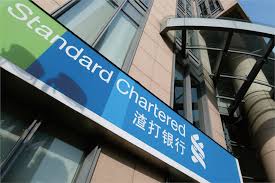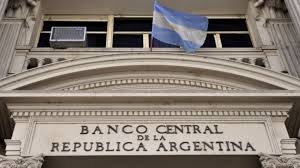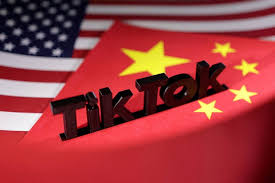StanChart’s stock dropped 12% in London on Thursday before trading was momentarily suspended. The company had earlier disclosed that its profit had unexpectedly dropped by a third as a result of a combined damage of about $1 billion from its exposure to China’s banking and real estate industries.
The bank reported that third-quarter pre-tax profit fell 33%, well below analyst projections, as it recorded a $186 million charge from Chinese commercial real estate and a $700 million impairment from its holding in China Bohai Bank.
Standard Chartered shares were down 10.5% by 0919 GMT, on track to see their biggest one-day decline since Russia invaded Ukraine in March of last year.
The majority of the bank’s revenue comes from Asia, and its U.K.-based headquarters generated a $633 million statutory pretax profit from July to September. This contrasted with $996 million the previous year and the average expert projection of $1.41 billion.
The significant loss in China, where StanChart has focused a significant portion of its expansion efforts, highlights the difficulty in enhancing returns through exposure to the second-largest economy in the world during a period of decelerating growth and expanding loan losses.
Lower projected interest rates and declining loan margins, according to StanChart, are to blame for the blow to its 16% ownership in China Bohai, a lender in the eastern coastal city of Tianjin, where it made an investment more than ten years ago.
According to business papers, Bohai had a 17.8% decrease in net interest income from January to June, which resulted in a nearly 7% drop in its total profit.
Chief Financial Officer Andy Halford told reporters, “We took a couple of impairment charges a year and a bit ago, and we have taken the extra impairment charge, as you can see today.”
“That is reflective of the fact that, particularly, its own net interest margin has been weaker,” he stated.
China’s economic fragility has not improved despite a plethora of government softening measures, as the country’s property market crisis worsens due to high-profile debt-repayment defaults.
As of the end of September, StanChart’s exposure to Chinese real estate was $2.7 billion, a $200 million decrease from the prior quarter.
Due to investors’ perceptions of little read-across between the two, shares of rival HSBC, which also has exposure to Chinese real estate and the banking industry through its ownership of Bank of Communications, were down just 2% on Thursday.
Rekindled interest in StanChart, the target of numerous takeover rumors over the past ten years, began earlier this year after First Abu Dhabi Bank (FAB) announced in January that it had evaluated but dropped the bid.
Andy Halford, chief financial officer of StanChart, told reporters during a conference call on Thursday that the company had recently had “no contact” with FAB.
“SOLID PERFORMANCE” IN OTHER SECTORS
While downgrading several key performance estimates for the year, StanChart stated that it is confident in meeting its return-on-tangible-equity targets of 10% this year and 11% in 2024.
“We don’t have a clean set of third-quarter numbers today, which is what investors were expecting,” said Joe Dickerson, an analyst with Jefferies.
The bank’s core business performance, excluding impairment charges, remained strong, which Dickerson described as the “silver lining” for investors in a client letter.
According to StanChart, the net interest margin—a gauge of the return on lending—will now “approach” 1.7 percentage points as opposed to “around” that amount.
Businesses that are sensitive to interest rates benefited, as revenue from transaction banking—which makes up the majority of cash management services—rose by 42%, while revenue from retail products increased by 17%.
Income in the financial markets trading division dropped by 8% as a result of clients’ decreased appetite for trading due to lower market volatility.


















